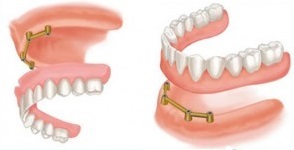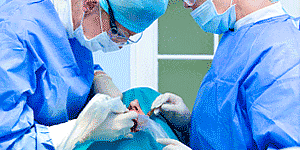
Local Anesthesia
2015-09-08
اوردوز بی حس کننده های موضعی
2015-09-09Plaque — bacterial buildup that resides in sticky stuff on your teeth — causes decay and can lead to periodontal disease, which inflames gums and destroys supporting tissues such as ligaments and bones. And with their demise can come loose — and eventually lost — teeth
Poor oral hygiene and lack of professional care are big contributors
Other factors that put you at greater risk for periodontal disease and potential tooth loss include
Smoking
Poor nutrition
Diabetes
Hypertension
Arthritis
Changing hormones during pregnancy can also affect a woman’s response to disease. So it’s especially important to get regular professional care throughout pregnancy
People with developmental and other disabilities are at greater risk as well, due to the challenges of home care. This means caregivers need to be creative about helping with this task
Early onset of periodontal disease is another concern. “If I see a patient under 40 with periodontal disease, that’s worrisome to me because I know this person will be particularly susceptible,” says Donald S. Clem III, DDS, a periodontist in Fullerton, Calif., and the 2010-2011 president of the American Academy of Periodontology
Brush and Floss
First, wash your hands. Brush twice a day with a soft-bristled toothbrush and floss once a day
“You wouldn’t have to floss if you could reach all the parts of your mouth with a toothbrush, but you can’t — no more than you can vacuum a whole house without certain attachments for getting into corners,” Price says. If you don’t know how, ask your hygienist or dentist
Other tips to prevent bacterial growth
Use a toothpaste that contains fluoride
Wash your toothbrush once in a while in the dishwasher or place it in a cup of mouthwash
Let your toothbrush dry completely after each brushing
Don’t share your toothbrush with anyone






